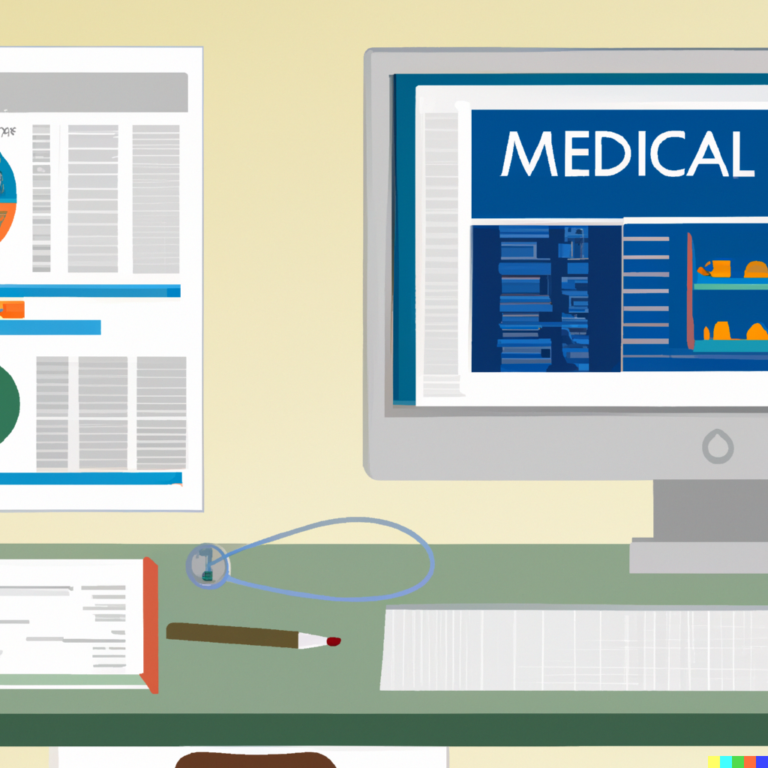
Crafting a Standard Response Letter for my Website With Agility and Precision: Part 1 - Literature Search
Hello, fellow medical information professionals! As someone who’s deeply passionate about medical information, I’ve recently embarked on a quest to revamp my medical writing business. Alongside refining the aesthetic aspects of my WordPress (WP) site, I’ve been zealously focusing on the ins and outs of standard response letters – the real deal, the core of medical information.
The Challenge
To build content for my site, I decided to create an example standard response letter for febuxostat (Uloric). Having never worked in urology before and the fact that it recently went generic, this seemed like the product to write about. The topic I chose was the use of febuxostat in patients with a history of cardiovascular disease (CVD).
The Process
Step 1: Template Creation
First things first, to create a library of standard response letters, you need a solid foundation. I laid this foundation by creating a template in Microsoft Word, paying careful attention to headings and style settings for a clean, professional look. Make sure you set your Heading 1, 2, and 3, Normal, and Bullets style. Also, consider making a style for figure/table headings and footnotes. I like to use a sans-serif/serif font combination for headings and body text. I also explore using the golden ratio for different font sizes (eg, 7 for footnotes, 11 for text, 18 for Heading 2, 29 for Heading 1).
Step 2: Topic Selection
The selection of a topic that answers the most common healthcare professional’s questions without being too specific or general is crucial. My chosen topic – “The use of febuxostat in patients with history of cardiovascular disease (CVD)” – falls under the “subgroup efficacy and safety” response type. See my previous post for a list of common response types. Following these common response types helps me to create a response that is sure to be useful in answering common medical affairs unsolicited requests.
Step 3: Literature Search
One trick I learned over the years is to start my search with Google to gauge what information is most commonly used and identified for a specific question. A Google search feeds scientific publications, along with lay information on any subject. Google’s algorithm is excellent at finding common, useful information on a topic. More importantly, your customers are also using it, so make sure your content aligns when possible. I must stress that while Google serves as a checkpoint, the real meat comes from scholarly databases like PubMed and Embase. My preference is Embase, but CoreMed doesn’t have an Embase account, so PubMed it is!
My initial PubMed search for “febuxostat” and “cardiovascular disease” yielded around 300 articles. Refining the search to randomized controlled trials (RCTs) narrowed it down to 44 articles. There are other ways of teasing out key articles in a search, but to remain agile I manually skimmed the abstracts from here. Sifting through these articles, I manually selected the articles that include patients with a history of CVD.
The most pertinent studies included works by Suzuki et al. 2021, Konishi et al. 2022, Yokota et al. 2018, and White et al. 2018. One notable mention was a meta-analysis by Kanbay et al. 2020, which, while not directly focusing on febuxostat, still provided context on uric acid-lowering agents in patients with a history of heart failure.
Step 4: Drafting the Standard Response Letter
With the data gathered, I set my sights on the most critical phase – drafting the standard response letter. The CARES trial by White et al. is the lynchpin of my response, given its focus on patients with CVD history and sheer size compared to the other studies.
In Conclusion
This process allowed me to dive deep into the critical elements that form an effective standard response letter. Not only is it about presenting information, but doing so in a way that is precise, coherent, and meaningful to the recipient.
In my next post, I’ll delve into the nuances of the writing process for this letter and how to craft the perfect standard response letter. Stay tuned!
